“Years ago, my grandmother had a stroke and woke up in the hospital with her mind intact, but was completely unable to speak. I got firsthand experience with the tools available to help people in those situations, and kept asking like, ‘Wait, that can’t be it? There’s got to be something better available, right? We had to have figured this out.’ I’m a tech guy, and it just felt very old fashioned and wasn’t taking advantage of what technology could do. That being said, it IS a really hard problem and there are good reasons why there aren’t better tools out there, but the harder the problem seemed to be, the more interested in it I was. I started working on this seriously in 2015, put together a short demo, and received a grant from the country of Chile. I moved to Santiago to take part in a startup accelerator there, going from basically zero to 100 and working entirely on this project, and it’s taken off from there.
Many times, people with speech disorders get a tip-of-the-tongue feeling for the next word: it’s there, but they just can’t get it out. Or if they don’t know the next word to use, seeing suggestions as to what the next word might be can help a lot. The Spoken app takes the same algorithms that power your phone’s autocomplete and hooks up to the absolutely crazy advances in AI over the past five years. It gets really, really good at understanding how someone speaks, the context of what they’re talking about, and what their next words might be.
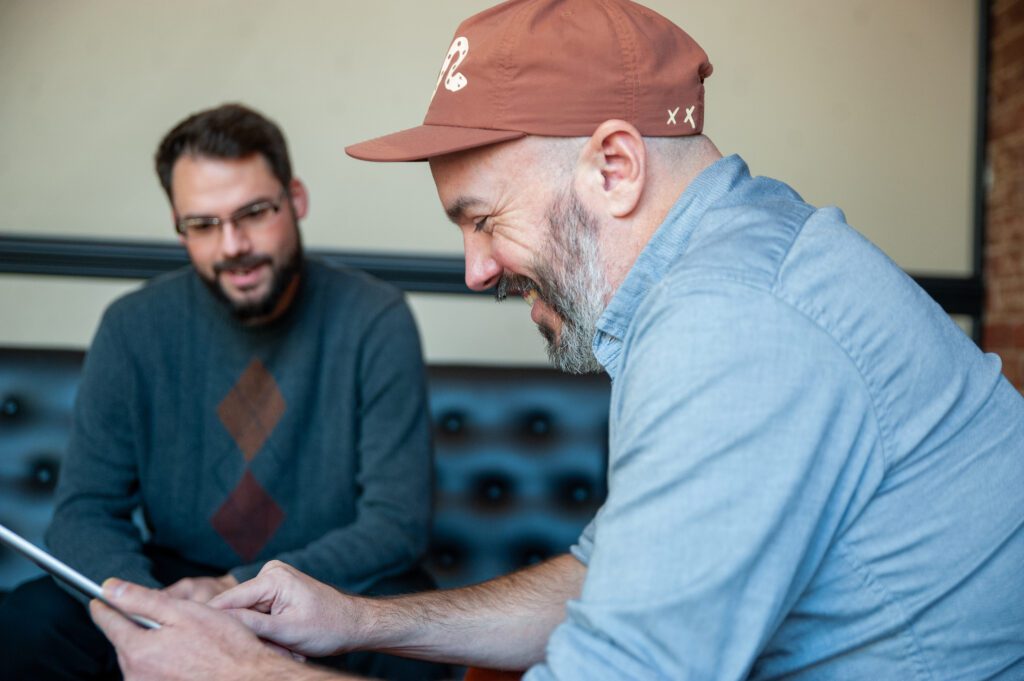
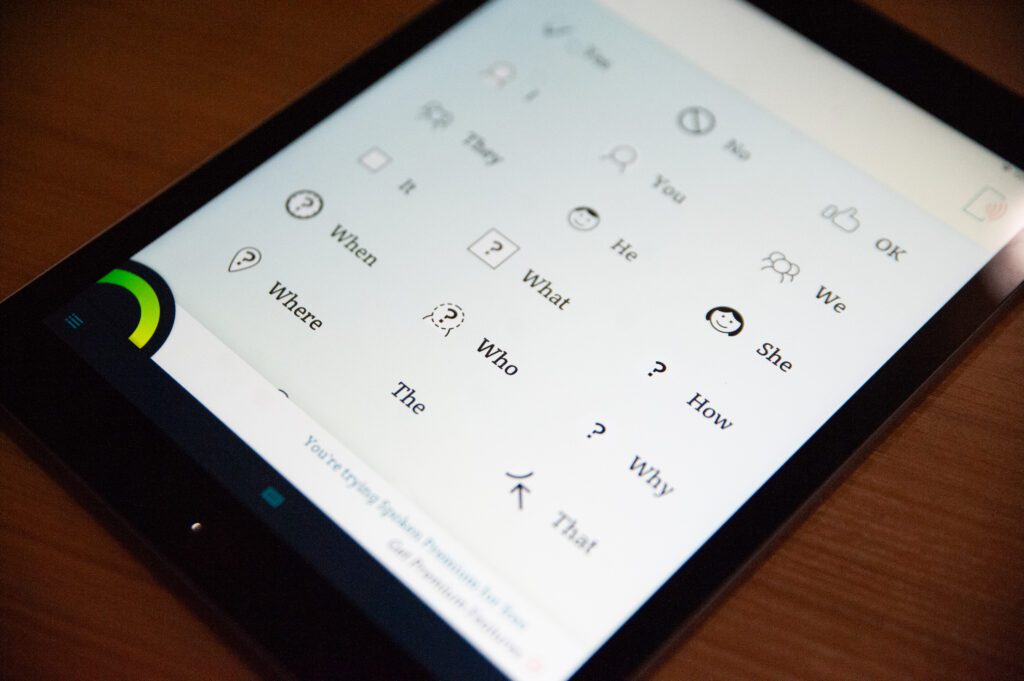
You can imagine the very classic Stephen Hawking example with a keyboard and a robotic voice that comes out. We are the next generation or two beyond that, but it’s the same idea. It’s still AI and deep learning models at the core, but speech synthesis has gotten so much better over the past few years. These are no longer robot voices. We can take samples from either someone’s actual voice or use natural-sounding voices. For years, you couldn’t really get a child’s voice, an older voice, or accents—things that represent that person and mean so much when you’re communicating—but we can do that now.
A lot of what we’re doing is giving people the tools to communicate and lead richer, fuller lives.
The app can take people from not being able to speak at all to being able to speak slowly, or sometimes we take people from typing 10 words a minute to getting 30 words a minute and being able to participate in conversations. It makes it possible to be a part of life in a real way.
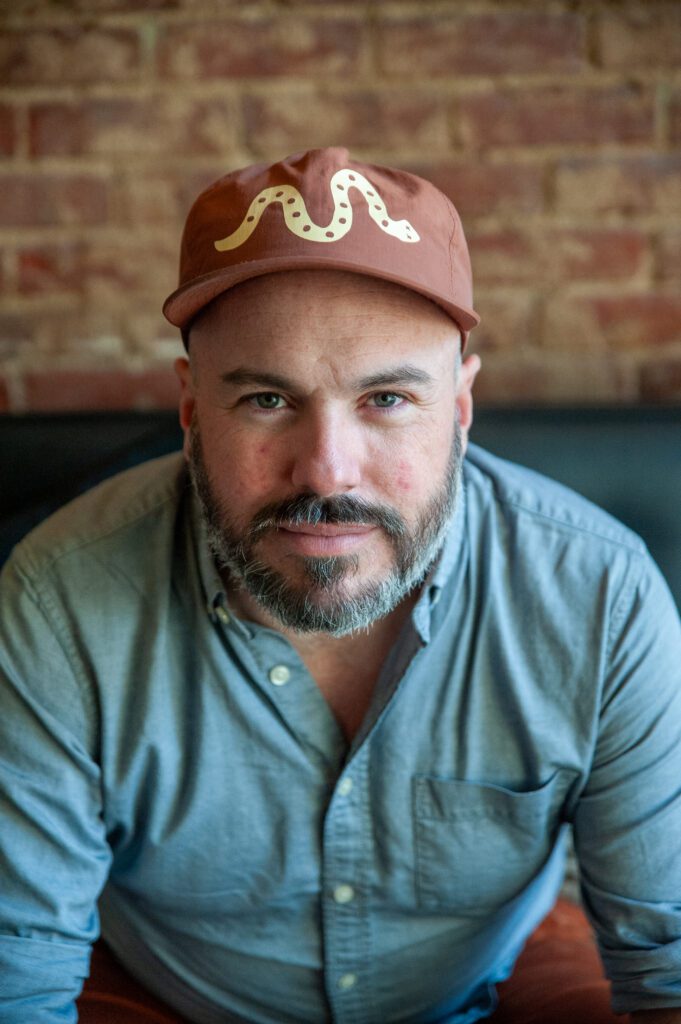
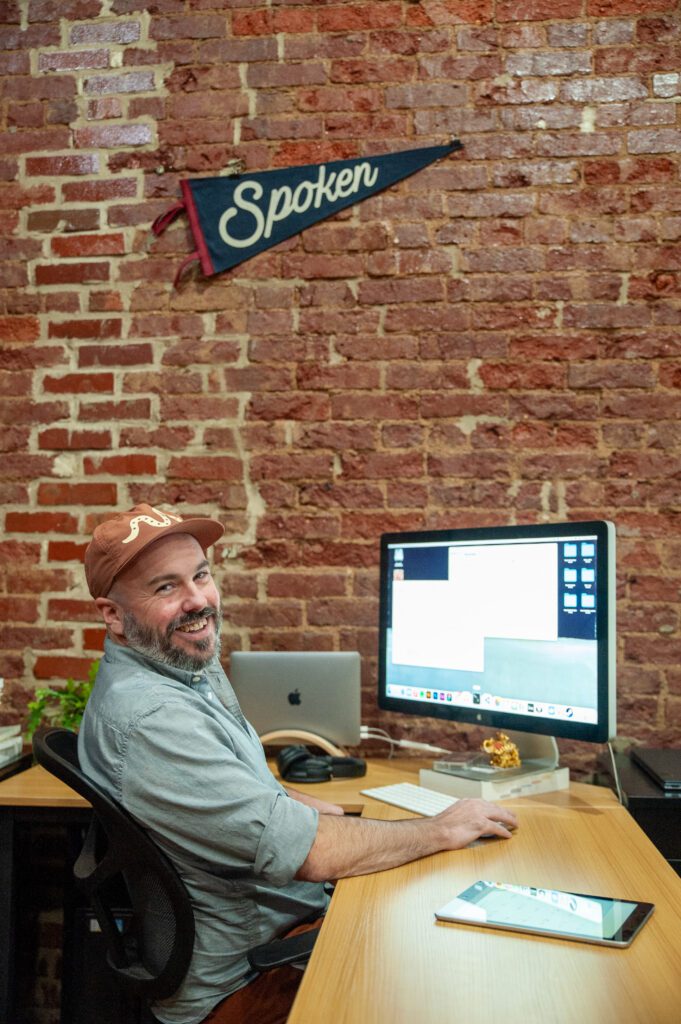
We are getting over 1,000 new downloads of the app every week, so there’s a real need out there. People’s problems are complex and all over the place, and we’re not the perfect solution for everybody. But with 1,000 new people jumping on every week, we are helping a lot of folks.
A lot of what we’re doing is giving people the tools to communicate and lead richer, fuller lives. We hear the same story again and again that adults with aphasia after a stroke get classified as having dementia because they can’t speak, which is a nightmare. We hear about nonverbal autistic children being thought of as ‘not smart’ because they can’t speak.
But people who can’t speak still have something to say: they have their minds, emotions, and intelligence and want to be a part of everyday life. The more tools that we can give them to be a part of that, the better.”
“There’s so much more to communication that we’re trying to expand on with our technology, so we’re constantly adding things like the attention button. In one piece of research by Stephanie Valencia at Carnegie Mellon University, she noted that kids who are autistic and nonverbal don’t have a problem communicating through something like an iPad, but that there are subtle nonverbal cues that get lost in this technology transfer. We talked to her and loved the idea that there are more than just words in speech. Imagine a classroom setting where there’s subtle nonverbal cues when someone wants to give an answer—they want to get attention when they are about to speak—so we added an attention button.
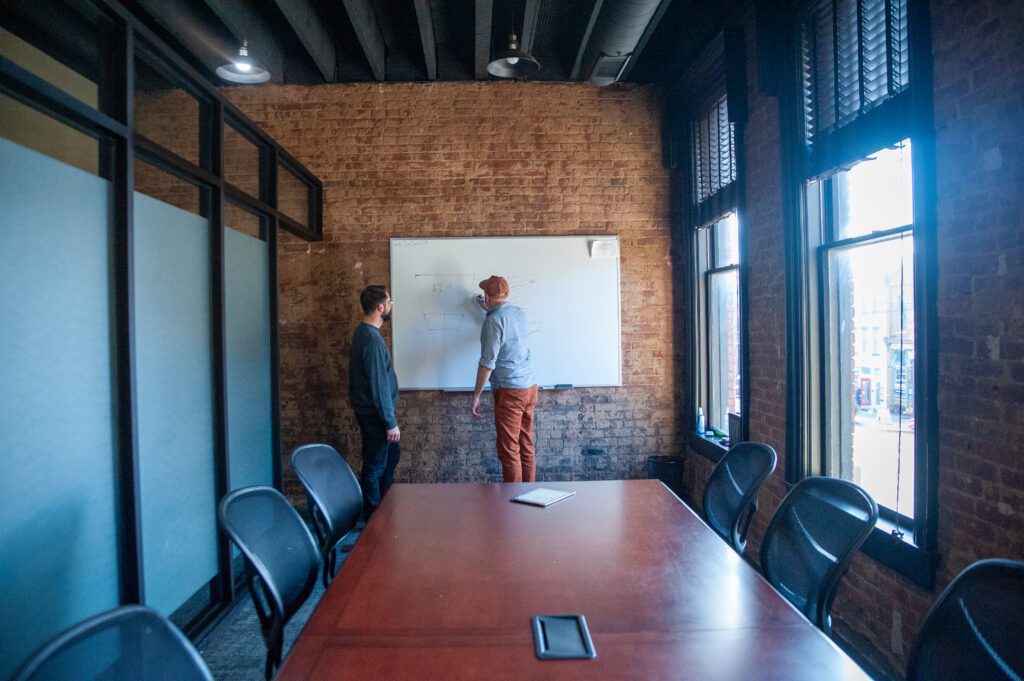
There are so many problems to solve, and so many exciting ways to solve them through technology. We’re currently only available in English, which means that we’re used in the English-speaking world. But there’s a worldwide need for this technology. We got an email the other day from somebody asking, ‘Hey, when’s this going to be available in Maori, the indigenous language of New Zealand?” There are a lot of people in the world who speak a lot of different languages with different levels of technology available, which means that there are a lot of problems left to be solved. There’s so much work to be done and it’s about scale at this point: how do we get this to as many people as possible while being cheaper than other options?
I have more friends in Marietta who actually are professional artists, because this is a place where you can do it. You can do something new or get weird with it in a place where the math works out.
My family is originally from Marietta. I was moving around a lot and thought this would be a wonderful place to spend the fall. That was over 10 years ago now, so, it stuck with me. I’ve been able to meet so many great people here and I never thought of it as a place to start a business until I saw how many of my friends were doing it.
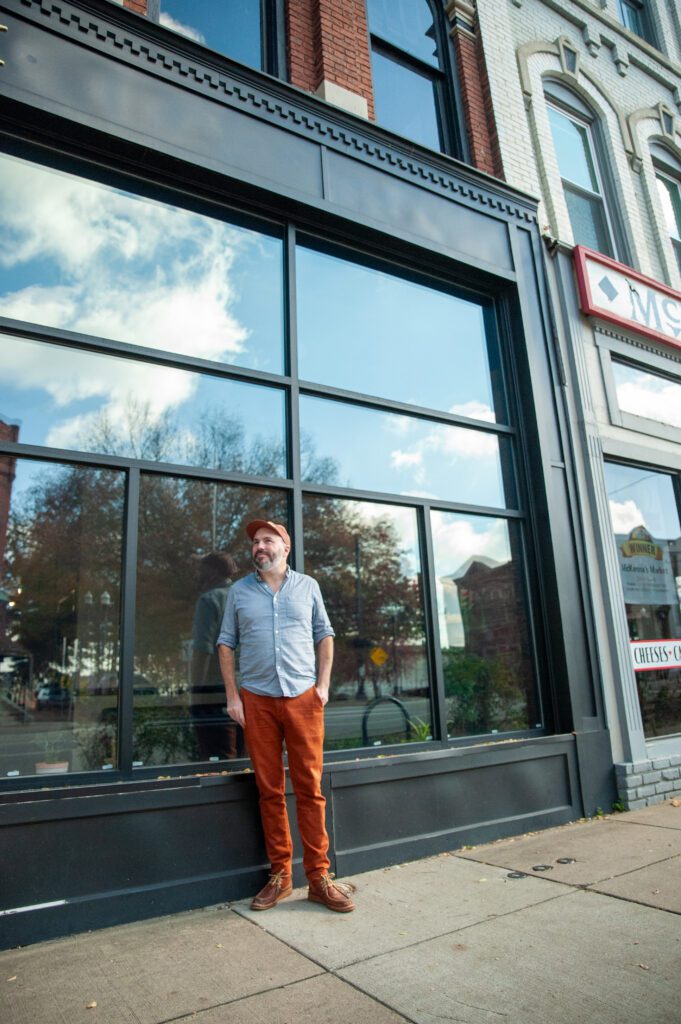
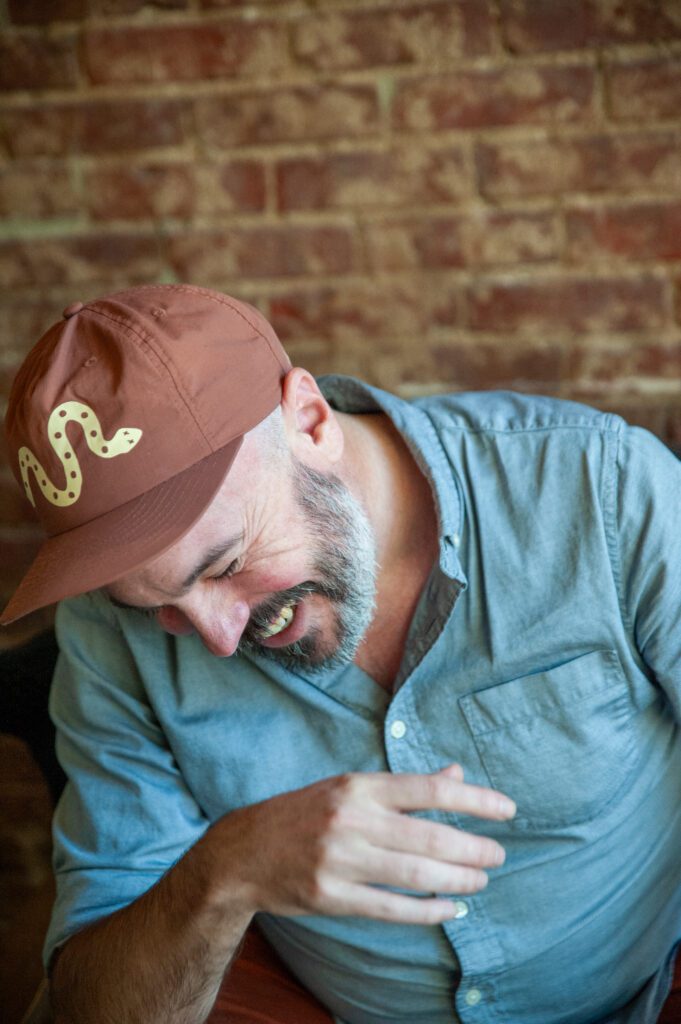
I’ve lived in a lot of places, and here it’s so much simpler. I’ve seen many people turn their ideas or dreams into a reality and it’s impressive. When you’re trying to do something new or something weird, cheap rent and a low cost of living go a long way. I went to art school and I have a bunch of people who thought they were going to be professional artists. But I have more friends in Marietta who actually are professional artists, because this is a place where you can do it. You can do something new or get weird with it in a place where the math works out.”
– Michael Bond, founder and CEO, Spoken
Marietta, Washington County
#WeAreOhioSE




